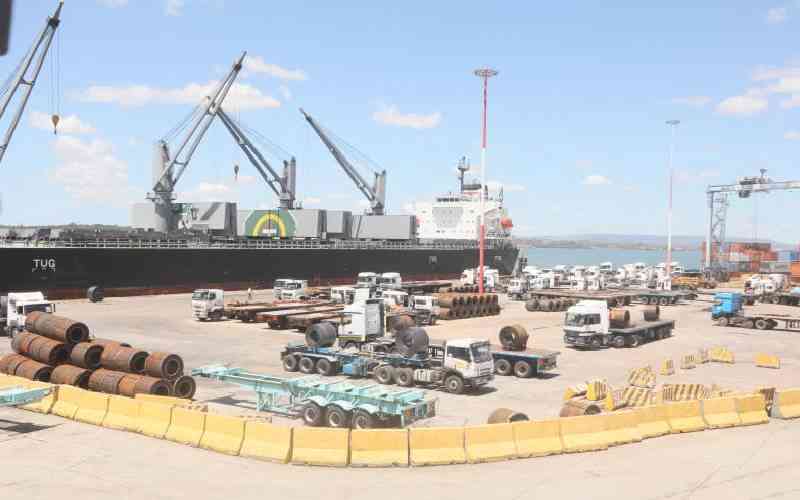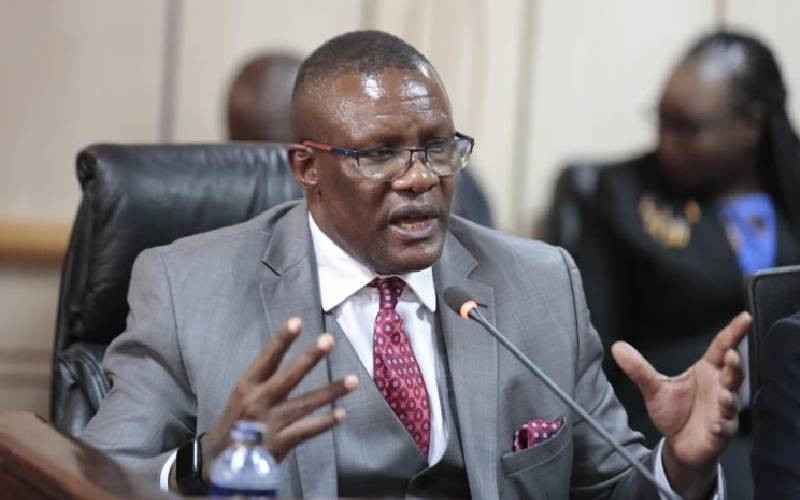
Kenya stands at a crucial maritime crossroads. With over 600 kilometers of coastline, a strategic position along major shipping routes, and the region’s largest port, our maritime potential remains largely untapped. Yet, we operate in an information vacuum – making decisions without comprehensive data, developing policies without complete understanding, and planning without a clear picture of our maritime landscape. The time has come for a national maritime baseline study, an investment that will pay dividends far beyond its initial cost.
Consider this: while we know Mombasa Port handles billions in trade annually, we lack precise data on our seafarer workforce, shipping operations and maritime education capacity. This knowledge gap isn’t just an academic concern – it’s costing us opportunities, jobs and revenue. How can we effectively train the next generation of maritime professionals without understanding current employment patterns? How can we attract investment without detailed sector analysis? How can we compete globally without knowing our strengths and weaknesses?
The proposed national maritime baseline study isn’t merely a research exercise – it’s a strategic necessity. Here’s why: First, consider employment. Our youth seek opportunities while international shipping lines hunt for qualified crew. Yet without detailed data on our maritime workforce, training capacity, and industry needs, we can’t bridge this gap effectively. A baseline study would map our human resource landscape, identifying bottlenecks and opportunities in maritime employment.
Second, there’s the investment angle. Kenya aims to become a regional maritime hub, but investors need data to make decisions. A comprehensive baseline study would provide the market intelligence investors require, potentially unlocking billions in foreign direct investment. When Singapore conducted its maritime baseline study in the 1980s, it laid the foundation for becoming a global maritime powerhouse.
Third, there’s the education and training perspective. Our maritime training institutions operate without clear industry feedback loops. How many officers should we train? Which specialisations are in demand? What equipment needs upgrading? A baseline study would answer these questions, allowing our training institutions to align their programmes with market needs.
Fourth, consider policy-making. Our maritime regulations and policies often emerge from limited data sets. A comprehensive baseline study would provide evidence-based foundations for policy decisions, ensuring our regulatory framework supports rather than hinders sector growth.
The economic implications are substantial. Conservative estimates suggest Kenya’s maritime sector could contribute up to four per cent of GDP, up from the current 2.5 per cent. This growth potential remains locked behind our knowledge gap. The baseline study would identify specific opportunities for value creation, from port services to ship management, from maritime technology to seafarer training.
Critics might argue about the cost of such a study. But consider the cost of not doing it: misaligned training programmes producing graduates for non-existent jobs, investments missed due to inadequate sector data, and policies that fail to address real industry needs. The real question isn’t whether we can afford to conduct this study, but whether we can afford not to.
Moreover, timing is crucial. The global maritime industry is undergoing unprecedented change – digitalisation, environmental regulations, and shifting trade patterns are reshaping the sector. East Africa’s maritime trade is growing, and competing ports are developing rapidly. Without a clear understanding of our maritime ecosystem, we risk missing this wave of opportunity.
As we navigate the complex waters of maritime development, we need a reliable chart – that’s what a baseline study provides. It’s time to invest in understanding our maritime sector comprehensively. The cost of ignorance far exceeds the price of knowledge.
 The Standard Group Plc is a multi-media organization with investments in media platforms spanning newspaper print
operations, television, radio broadcasting, digital and online services. The Standard Group is recognized as a
leading multi-media house in Kenya with a key influence in matters of national and international interest.
The Standard Group Plc is a multi-media organization with investments in media platforms spanning newspaper print
operations, television, radio broadcasting, digital and online services. The Standard Group is recognized as a
leading multi-media house in Kenya with a key influence in matters of national and international interest.











